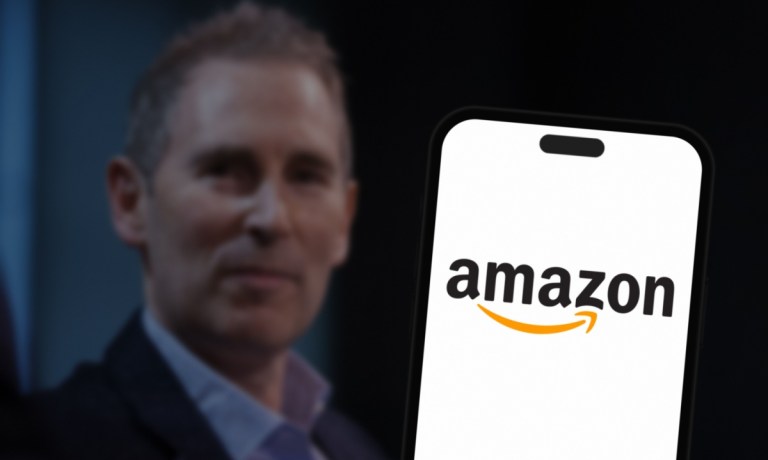But what you might not have seen or heard is that CEO Andy Jassy played a few cards from his 2025 strategy deck, and no, they don’t all have to do solely with GenAI. Artificial intelligence (AI) played a big part in Amazon’s earnings commentary, but not as dominant as earnings events this week from Apple, Google and Meta.
“At a time when consumers are being careful about how much they spend, we’re continuing to lower prices and ship even more quickly,” Jassy told the earnings call audience, in a departure from the AI-obsessed remarks he made in previous recent earnings events. “And we can see this resonating with customers as our unit growth continues to be strong and outpace our revenue growth.”
That revenue growth propelled Amazon to another record for net sales, which increased 11% to $158.9 billion in the third quarter, compared with $143.1 billion in third quarter 2023.
With the customer — both consumer and business — at the center, Jassy went into a fair amount of detail about three areas that will distinguish it in 2025 and beyond: placing AI monetization in the context of AWS as well as consumer-facing applications; an aggressive strategy for Amazon Pharmacy; and a refreshed line of Alexa devices.
Monetizing AI
On the AI front Jassy positioned monetizing the technology as Alphabet CEO Sundar Pichai did on Wednesday as part of existing products, applications and services. Amazon’s artificial intelligence business has emerged as a growth driver for AWS, reaching a multibillion-dollar revenue run rate, as reported on the call, with triple-digit percentage growth year over year.
Advertisement: Scroll to Continue
The company has expanded its AI offerings through its Bedrock service, recently adding new models from Anthropic, Meta, and Mistral, while reporting that AWS has released nearly twice as many machine learning and generative AI features as other leading cloud providers combined in the past 18 months.
“Our AI business is growing more than three times faster at this stage of its evolution as AWS itself grew and we felt like AWS grew pretty quickly,” Jassy said during the earnings call.
The company has deployed AI across multiple products, including Rufus, its shopping assistant, which expanded to seven new international markets, and Amazon Q, a developer tool that Jassy said saved the company millions in a single migration project.
Jassy also tipped his hand on the importance of Amazon Pharmacy. The company will expand its prescription fulfillment service to 20 more cities next year, seeing a counterpoint to current in-store experiences.
“Brick-and-mortar pharmacies account for just over 90% of prescriptions dispensed in the U.S. but require customers to make trips to physical venues with much of the selection behind locked shelves, waiting in lines for meds and only find out about pricing at the point of purchase,” he said.
“The largest mail-order pharmacies offer deliver in five to 10 business days. We think customers deserve better. Today we can deliver to 95% of first-time Amazon Pharmacy customers in the U.S. within two business days and to 20% of U.S. prime members within 24 hours.”
And finally, in response to an analyst question, he addressed the controversy around developing a new generation of Alexa devices. That debut has reportedly been postponed several times, and while Jassy didn’t promise a delivery date, it did sound from his comments that the new Alexa devices are in the final phases of development and will go the extra mile of actually placing order with Amazon via voice interactions. Jassy did not seem interested in new Alexa devices that simply converse with users. He clearly believed that AI has the capability to handle order, delivery and payments.
“We believe that if we re-architect the brains of Alexa with next generation foundational models, which we’re in the process of doing, we have an opportunity to be the leader in that space,” he said.
“And I think if you look at a lot of the applications today that use generative AI, there’s a large number of them that are having success in cost avoidance and productivity. And then you’re increasingly seeing more applications that are impacting the customer experience and being good at taking large amounts of data and being able to summarize and aggregate and answer questions, but not that many yet that are really good on top of that in taking actions for customers.
“I think that the next generation of these assistants and the generative AI applications will be better at not just answering questions and summarizing indexing and aggregating data, but also taking actions. And you can imagine us being pretty good at that with Alexa.”




